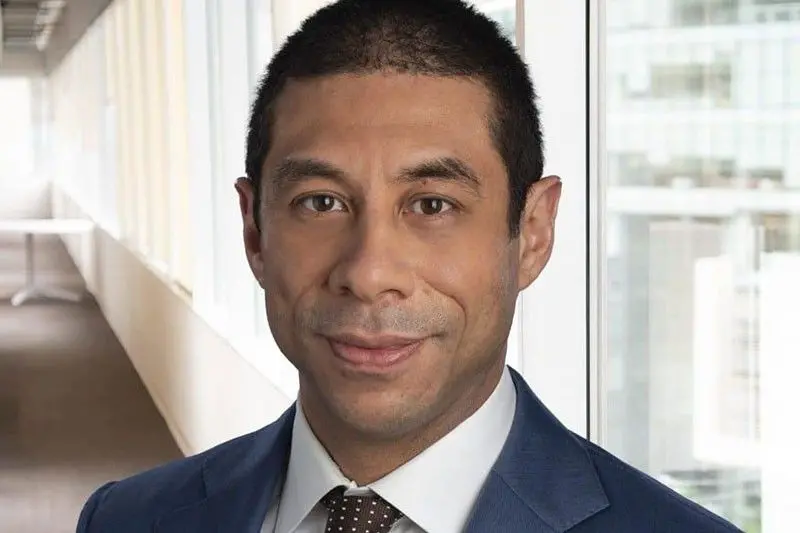
Smoking, alcohol consumption and betel nut chewing are some of the lifestyle factors that have been linked to head and neck cancer. In the Philippines, more than 7,000 Filipinos are diagnosed with this type of cancer that affects the mouth, throat, voice box, and surrounding areas.
However, doctors are now seeing a new trend: Younger people and non-smokers are being diagnosed with this killer disease caused by viruses. In Southeast Asia, where nasopharyngeal carcinoma (NPC) is particularly prevalent, NPC is linked to the endemic Epstein-Barr virus (EBV) and the human papilloma virus (HPV).
Understanding the prevalence of EBV- and HPV-related cases and other risk factors will help in improving treatment and prevention efforts. And so, raising awareness is key to educating Filipinos about the changing risk factors of head and neck cancer.
As with most cancers, early detection makes a big difference. Those with a family history or known risk factors should seek regular screening.
Reshaping the future for head and neck cancer patients
Sadly, most patients are diagnosed late, often because early symptoms like sore throat, non-healing ulcers in the throat and mouth (singaw), nosebleeds or chronic nasal congestion, or neck lumps are mistaken for minor infections.
“Without a formal screening program for head and neck cancer, delays in diagnosis are common,” notes Dr. Aaron Hansen, a globally recognized oncologist from Icon Cancer Centre in Brisbane, Australia. “If you experience any of these symptoms, consult your doctor.”
A new line of defense
But for those with advanced or metastatic disease, there’s always the stigma that once a patient is diagnosed with cancer, it’s already a death sentence. That’s also the reason why most of them don’t seek further treatment.
The good news is, there’s a treatment that offers a new line of defense — immunotherapy.
“This approach not only extends patients’ survival, but also helps them maintain a better quality of life,” Dr. Hansen declares.
According to Dr. Hansen, immunotherapy doesn’t directly attack the tumor like chemotherapy does. “Instead, it helps the immune system recognize the cancer cells, remove their ‘camouflage,’ and fight them naturally.”
Immunotherapy is delivered via IV infusion, with treatment intervals ranging from six weeks.
In celebration of Immunotherapy Awareness Month this June, Dr. Hansen shares how immunotherapy is being integrated into cancer care in Australia and what systems and practices the Philippines might adopt to bring these innovations closer to more Filipino patients.

Matching the right patients with the right treatment
In the evolving world of personalized medicine, clinical evaluation and biomarker testing help doctors decide how best to use immunotherapy.
In head and neck cancer, Dr. Hansen says that a specific test called PD-L1 Combined Positive Score (CPS) can help determine whether a patient may benefit more from immunotherapy alone or in combination with chemotherapy.
“In Australia, we use archived biopsy samples to test for CPS before initiating single-agent immunotherapy,” he explains. “It’s a valuable guide that allows us to personalize care.”
While not always available in lower-resource settings, Dr. Hansen emphasizes that treatment can still proceed safely and effectively with combination approaches when testing is not accessible.
“The goal is always to make the best decision based on the patient’s clinical profile, available tools, and over-condition,” he adds,
Championing access through advocacy and collaboration
Immunotherapy’s potential, however, is limited by one ongoing reality: Access remains uneven.
In the Philippines, the cost of high-value therapies like immunotherapy puts them out of reach for many.
Public funding mechanisms, such as the Cancer Assistance Fund, offer some support but often fall short of covering the full continuum of care.
Hansen points out that even in countries like Australia, access is regulated and indication-specific. Immunotherapy is reimbursed under the national Pharmaceutical Benefits Scheme (PBS) for certain cancers, but others — like nasopharyngeal cancer — are not yet covered despite growing evidence of benefit.
“It’s a policy challenge as much as it is a medical one,” he asserts. “What we’ve seen work is strong advocacy — from doctors, patients, and communities — to push for smarter health investment, fair drug pricing, and collaborative research.”
Dr. Hansen shares the best practices that may be adopted locally, such as establishing multidisciplinary cancer teams and using telehealth to connect rural hospitals with cancer centers for shared treatment planning.
“Patients shouldn’t have to travel hours for expert care,” Hansen adds. “We’ve had success with virtual tumor boards, where remote doctors present cases and get input from a central MDT. It’s a model that prioritizes expertise and accessibility.”
As the Philippines continues to strengthen its cancer care ecosystem, immunotherapy offers a chance to reimagine what is possible, not just in treatment outcomes, but in how health systems and communities support patients throughout their journey.
“Immunotherapy can meaningfully extend life and improve how people live it,” Dr. Hansen adds. “We owe it to patients to keep pushing for access, to innovate not just in science but in systems, and to make sure no one is left behind simply because of where they live or what they can afford.”
This Immunotherapy Month, the call is clear: Keep moving forward, make access part of innovation, and put patients at the center of progress.
